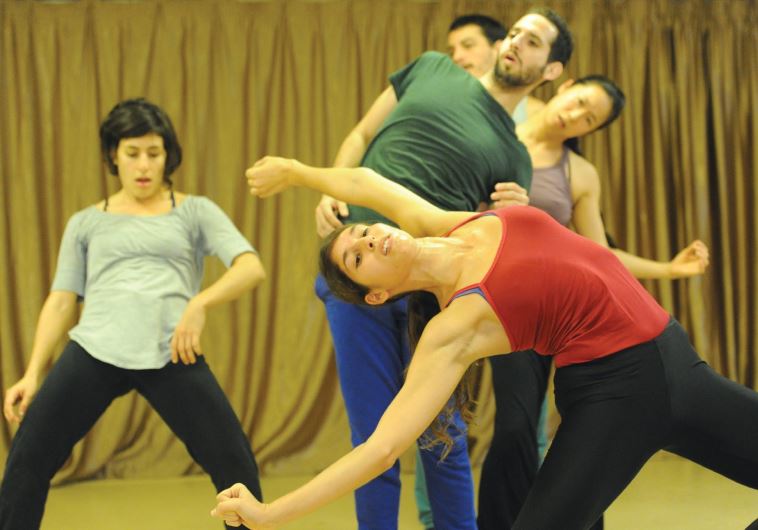Living in the moment
Local choreographer Idan Sharabi explores the eternal search for ‘home’ in his latest work ‘Interviews/Makom.’
 FOUR LOCAL dancers perform together with Japanese dancer Ema Yuasa in Idan Sharabi’s ‘Interviews/Makom.’(photo credit: TAMI WEISS)
FOUR LOCAL dancers perform together with Japanese dancer Ema Yuasa in Idan Sharabi’s ‘Interviews/Makom.’(photo credit: TAMI WEISS)